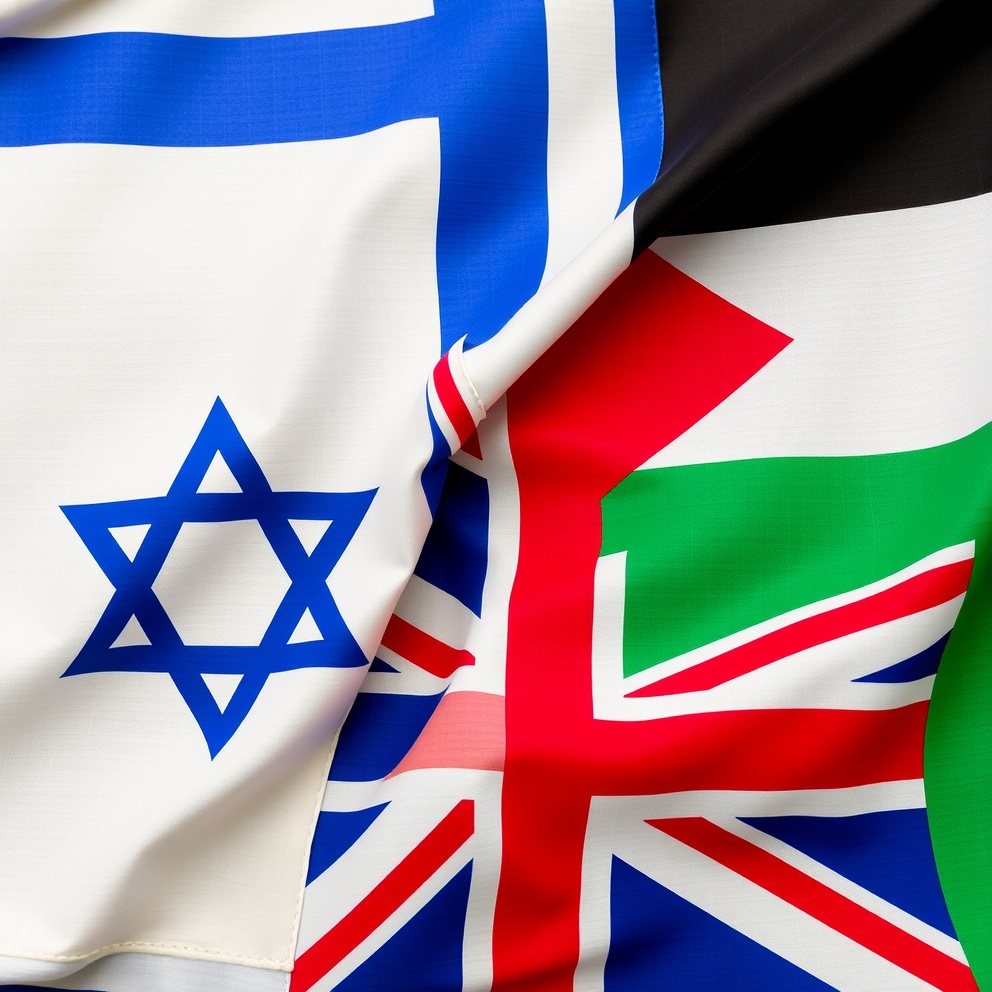Ceasefire Brings Lifeline to Gaza’s Sick Children
For nine long months, the people of Gaza have been trapped in a cycle of violence and suffering, with their health system on the brink of collapse. The conflict has destroyed much of the territory’s infrastructure, leaving its hospitals without the necessary equipment or staff to provide critical care to the sick and injured. However, thanks to the recent ceasefire agreement, thousands of children are finally getting the medical attention they desperately need.
Under the supervision of the World Health Organization (WHO), daily medical evacuations have resumed via the Rafah border crossing into Egypt. This has brought a lifeline to 37 ill and injured children with cancer and chronic diseases, many of whom require specialized treatment that Gaza’s war-ravaged hospitals cannot provide. The process is bittersweet, as only a few patients make it out each day due to limited space on the buses.
The evacuees include some of the most vulnerable members of Gaza’s population – children who are struggling to survive without access to medical care. Many of these children have been waiting for months or even years for treatment that could have saved them from suffering and pain. The WHO has estimated that between 12,000 to 14,000 critical patients need to be evacuated due to trauma injuries, spinal cord injuries, burns, and cancer.
The collapse of Gaza’s health system is a stark reminder of the devastating impact of conflict on civilians. Dr. Muhammed Abu Salmiya, Director General of Al-Shifa Medical Complex, reported that two children scheduled for evacuation on Saturday died before they could make the journey. This tragedy highlights the urgent need for medical evacuations and the importance of providing critical care to those in greatest need.
The WHO is overseeing daily evacuations under the agreement, with 50 patients and wounded set to be evacuated each day. While much of the attention has focused on hostage releases, the medical evacuations will chip away at the massive need for care in Gaza. The organization is working closely with local partners and international donors to ensure that more children can access the medical attention they need.
Despite the progress made by the ceasefire agreement, many challenges remain ahead. Gaza’s health system is still severely understaffed and under-equipped, making it difficult to provide adequate care to patients. Additionally, the ongoing blockade of the territory has limited access to essential medicines and medical supplies.
However, for the children who are finally getting the medical attention they need, the ceasefire agreement represents a major step forward in addressing the humanitarian crisis in Gaza. As the WHO continues to oversee evacuations and provide critical care to those in greatest need, there is hope that this lifeline will continue to bring relief to the people of Gaza.
The impact of the ceasefire agreement on the future of Gaza’s health system is still uncertain. However, one thing is clear – the medical evacuations are a vital step towards reviving the territory’s healthcare infrastructure. As the WHO continues to work with local partners and international donors, there is a growing sense that Gaza’s children will finally begin to receive the medical attention they deserve.
The world has watched in horror as Gaza has been ravaged by conflict, and it is time for us to take action. By supporting organizations like the WHO and providing critical care to those in need, we can help bring an end to this suffering and start rebuilding a brighter future for the people of Gaza.










Jade Massey
The NADC Burger’s commitment to simplicity reminds me of the past, when things were genuine and uncomplicated. Today, we’re bombarded with choices, but at what cost? In Gaza, children are dying because they can’t access basic medical care due to conflict and blockade. Meanwhile, a chain restaurant in America is thriving with just two menu items. It’s a stark contrast that highlights the importance of prioritizing human needs over profit.
As someone who’s worked in healthcare, I’ve seen firsthand how even the smallest obstacles can hinder progress. Gaza’s health system is on life support, and it’s heartbreaking to think about the children waiting for treatment. The ceasefire agreement brings some hope, but it’s a drop in the bucket compared to what’s needed.
Here’s my question: What happens when the ceasefire ends? Will we continue to turn a blind eye to Gaza’s suffering, or will we take concrete action to rebuild their healthcare infrastructure?